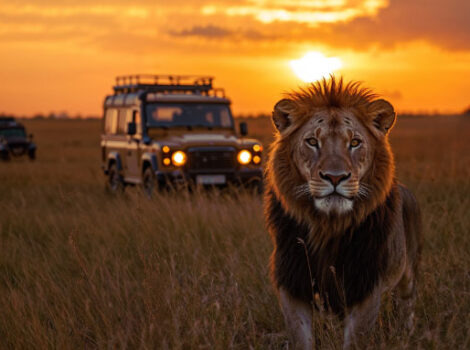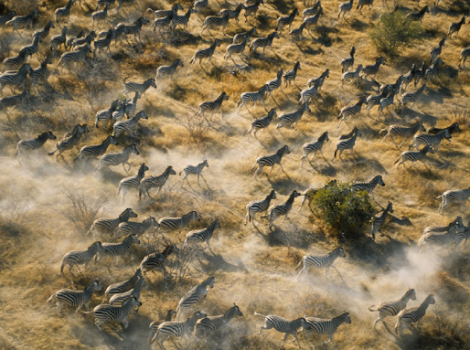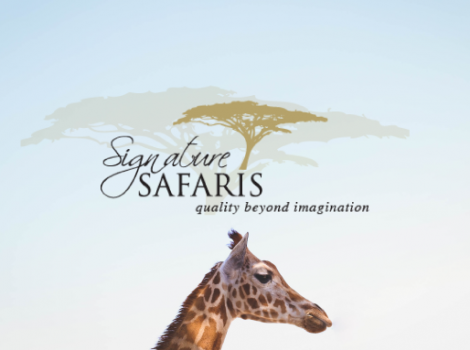Maun popularly known as Mauuu, Ko Motsing
Population approximately 60,263
Location lies in Northern Botswana on the Southern fringes of the Okavango Delta
Airports 1- the busiest in Botswana, due to Maun being Botswana’s ‘tourism capital’.
For many tourists, Maun is the point of entry into the Okavango Delta, and often into Botswana, with direct flights from both Johannesburg and Gaborone.
Maun is the administrative centre of the Ngamiland District and the seat of power of the Batawana people.
The Batawana are an offshoot of the Bangwato of Serowe. Following a chieftainship dispute in the late 18th century, Kgosi (chief) Tawana and his people left Serowe and settled in Ngamiland, first establishing their capital at Lake Ngami, then Toteng, then Tsao and finally, Maun in 1915.
Ngamiland District is made up of a fascinating variety of ethnic groups: the Hambukushu, Basubiya and Bayei – all of Central African origins, who know the Okavango intimately, having expertly exploited and utilised its abundant resources for centuries. There are also the Banoka – the River Bushmen, who are the Okavango’s original inhabitants, the Bakgalagadi, and the Baherero, who originate from Namibia, and whose women can be seen wearing brightly coloured Victorian style dresses, as they stroll along the town roads, or sit outside their traditional rondavels.
Often the people of the Okavango are overlooked, with tourists focusing more on getting to the Okavango Delta via Maun. However, exploring the traditional villages along the western fringes of the Delta, in the panhandle area, is worth the time and effort. For many tourists, it even becomes the highlight of their travels in Botswana.
The dramatic surge in the numbers of tourists coming to Botswana in the 1980s brought equally dramatic changes to Maun. Safari companies abound, and their signposts dot the sandy parking lots. Modern malls, shops, hotels and guesthouses have sprung up everywhere; and now virtually any food item – from champagne, French cheeses, and chocolates down to basic necessities – can be bought locally.
The Thamalakane River meanders through Maun town, setting the scene and mood for what lies ahead. This once-dusty town has been the start of expeditions into the wilds since the turn of the century, and it is now the safari capital of the country. Until recent years; traditionally built, thatched rondavels and tin-roofed houses dominated Maun. Now Maun’s town centre has no shortage of modern shops, offices and restaurants.
There was a time in the 1980s when everything in Maun seemed geared towards the tourist market. Maun had a rough-and-ready frontier feel, as contemporary cowboys rode into town from the bush in battered 4×4 trucks, while the town seemed to have been unmercifully forgotten by time.
Then over the years as Maun became the administrative centre for the Northern and Western parts of Botswana, government departments moved there in large numbers. The roads were transformed from pot-holed gravel tracks and were tarred, opening the door to a flurry of business ventures. Ultimately, this saw tourism in this area flourish and thrive even more, with the safari industry offering visitors to Maun a variety of options from backpacking, camping, self-drives, through to the most decadent and luxurious of safari experiences. You want it; I’m willing to bet it’s possible in Maun!
However, for those who opt for the self-drive adventure, Maun remains the one-stop shop within which to pick up supplies, among other things. Maun also serves as the tour operator capital, where people are able to shop around for budget-friendly options. It also offers an increasing number of activities to interest those who may find themselves with time on their hands between flights.

Merchandise capitalising on Maun donkeys.
Did you know? Maun seems to have an unusually large number of donkeys. This has led to the town being named Botswana’s unofficial donkey capital. These donkeys seem to be ‘free agents’ as they don’t appear to be owned by anyone.
Sources: Central Statistic Office, Republic of Botswana / Botswana Tourism



